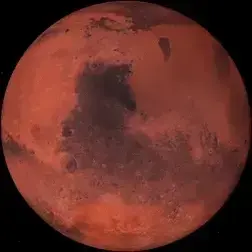Citations and links to related videos on the video description.
Summary generated with claude.ai from the video transcription:
The ‘final parsec problem’ refers to the fact that the math predicts supermassive black holes at the centers of merging galaxies should stall at around 1 parsec separation and never actually merge. This contradicts observations suggesting supermassive black holes do merge over time. The problem arises because at around 1 parsec separation, the black holes have cleared out all stars/gas so can’t lose more energy to get even closer. Gravitational waves only help below 0.01 pc. The upcoming LISA gravitational wave detector should detect mergers and help solve this problem - either the math is wrong and mergers happen, or mergers don’t happen and the math is right.



Maybe SBHs have bigger accretion areas than we think they do, and have daughter BHs orbiting them. That would allow them to fuse because the babies can get a lot closer, and interact via waves.
Or over millions/billions of years, gas and dust find their way in between, nudging these monsters closer together.
Surely in the dense galactic cores there is still mass that periodically falls towards these black holes at the center - the Active Galactic Nuclei flickering faintly on a little bit - although I’m guessing the amount is not enough to currently explain this riddle.